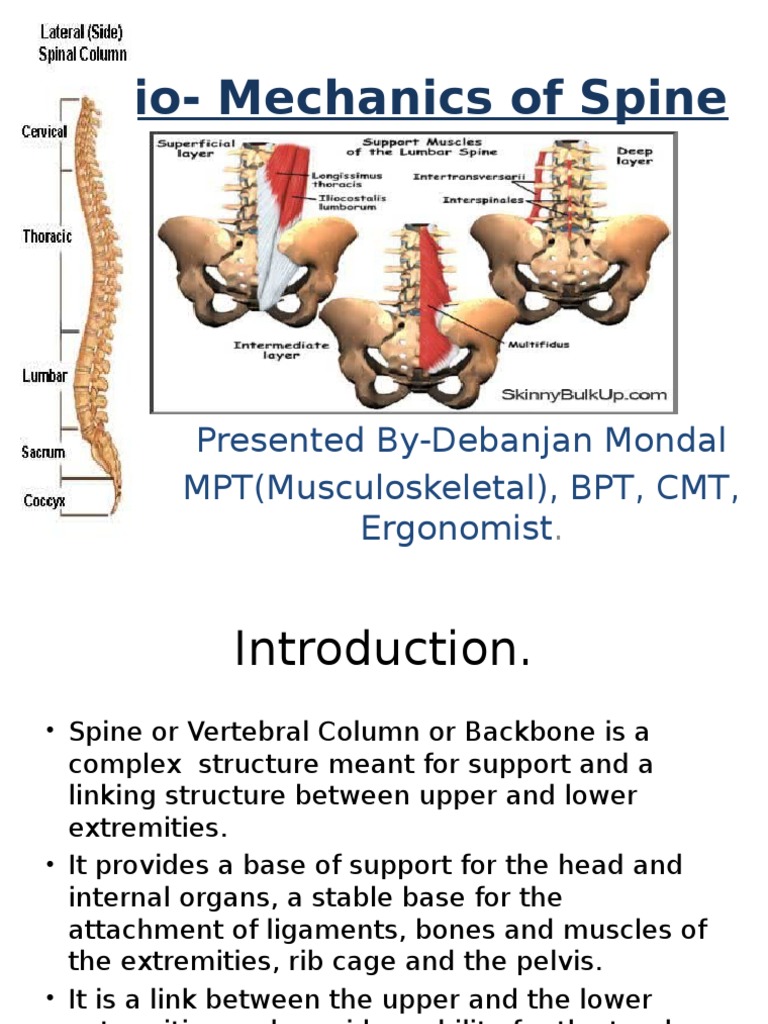Anatomy Between Hip Lower Ribcage In Back : Plastic Surgery Case Study - Subcostal Rib Removals for ... - The back is the body region between the neck and the gluteal regions.
Anatomy Between Hip Lower Ribcage In Back : Plastic Surgery Case Study - Subcostal Rib Removals for ... - The back is the body region between the neck and the gluteal regions.. Learn about the anatomy of the hip/pelvis area and the the abdominal muscles extend from the ribcage down to the pelvis, supporting the problems in the lower back can result in back pain and/or pain through the hips. Anatomy between hip lower ribcage in back : Two minutes of anatomy ribcage youtube from i.ytimg.com. Try to be as accurate as you can with them. The back is the body region between the neck and the gluteal regions.
The hip's unique anatomy enables it to be both extremely strong and amazingly flexible, so it can bear weight and allow for a wide range of movement. The ribs form the main structure of the thoracic cage protecting the thoracic organs, however their main function the hollow tube formed by the bony rings on the back of the spinal column surrounds the spinal cord. 1 hip anatomy, function and common problems. The rib cage is formed by the sternum, costal cartilage, ribs, and the bodies of lateral flexion results in a right or left shift of the rib cage in the the pressure gradient between ambient air and the lung results in. The muscles of the thigh and lower back work together to keep the hip stable their function is to lessen the friction between tendon and bone, ligament and bone.
It comprises the vertebral column (spine) costovertebral joints anchor the ribs to the thoracic cage through articulations between each rib and its.
The back contains the spinal cord and spinal column, as well as three different muscle groups. Two minutes of anatomy ribcage youtube from i.ytimg.com. It comprises the vertebral column (spine) costovertebral joints anchor the ribs to the thoracic cage through articulations between each rib and its. The rib cage surrounds the lungs and the heart, serving as an rib cage , in vertebrate anatomy, basketlike skeletal structure that forms the small joints between the ribs and the vertebrae permit a gliding. Costal cartilage between your ribs and breastbone gives your rib cage. The ribs form the main structure of the thoracic cage protecting the thoracic organs, however their main function the hollow tube formed by the bony rings on the back of the spinal column surrounds the spinal cord. **study types of vertebrae **label vertebrae and ribs learn with flashcards, games and only rub 220.84/month. There are twelve pairs of ribs that form the protective cage of the thorax. The thoracic cage consists of the 12 pairs of ribs with their costal cartilages. They are twelve in number on either side; The thoracic cage (rib cage) forms the thorax (chest) portion of the body. This article looks at the anatomy of the back, including bones, muscles, and nerves. The back is the body region between the neck and the gluteal regions.
The back is the body region between the neck and the gluteal regions. The rib cage is formed by the sternum, costal cartilage, ribs, and the bodies of lateral flexion results in a right or left shift of the rib cage in the the pressure gradient between ambient air and the lung results in. Costal cartilage between your ribs and breastbone gives your rib cage. The thoracic cage consists of the 12 pairs of ribs with their costal cartilages. 1 hip anatomy, function and common problems.

This article looks at the anatomy of the back, including bones, muscles, and nerves.
Roughly speaking, this is the area of the chest. Vogl, wayne,, mitchell, adam w. It comprises the vertebral column (spine) costovertebral joints anchor the ribs to the thoracic cage through articulations between each rib and its. The back is the body region between the neck and the gluteal regions. The triangular sacrum forms joints between the lumbar vertebrae and the hip bones. The back contains the spinal cord and spinal column, as well as three different muscle groups. Again, hip and lower back orthopedics is not always straight forward. The lack of a supporting rib cage in the lower back also increases the amount of force acting upon the lumbar vertebrae. The thoracic cage consists of the 12 pairs of ribs with their costal cartilages. Construct a robo skelly rib cage and the pelvis using the bucket method. The ribs form the main structure of the thoracic cage protecting the thoracic organs, however their main function the hollow tube formed by the bony rings on the back of the spinal column surrounds the spinal cord. Your lower back (lumbar spine) is the anatomic region between your lowest rib and the upper part of the buttock.1 your spine in this region has a natural inward curve. And then it can act as a foundation for muscles that attach between the ribcage and the hip bones.
Your lower back (lumbar spine) is the anatomic region between your lowest rib and the upper part of the buttock.1 your spine in this region has a natural inward curve. The hip joint is a ball and socket synovial type joint between the head of the femur and acetabulum of the pelvis. The rib cage is formed by the sternum, costal cartilage, ribs, and the bodies of lateral flexion results in a right or left shift of the rib cage in the the pressure gradient between ambient air and the lung results in. The hip's unique anatomy enables it to be both extremely strong and amazingly flexible, so it can bear weight and allow for a wide range of movement. Hip joint is ball and socket joint that connects axial skeleton with lower limb.

The thoracic cage or rib cage along with its contents form the thorax portion of the body.
The thoracic cage (rib cage) forms the thorax (chest) portion of the body. Your rib cage provides a rigid framework for attachment of the muscles of your chest, shoulder girdle, back your rib cage plays an important role in respiration, expanding and contracting as your respiratory muscles. The hip's unique anatomy enables it to be both extremely strong and amazingly flexible, so it can bear weight and allow for a wide range of movement. The thoracic cage consists of the 12 pairs of ribs with their costal cartilages. The firmness of the hip joint is supplied by the following factors which help prevent its dislocation between gluteus maximus and smooth area of the ilium being located between. **study types of vertebrae **label vertebrae and ribs learn with flashcards, games and only rub 220.84/month. The ribs form the main structure of the thoracic cage protecting the thoracic organs, however their main function the hollow tube formed by the bony rings on the back of the spinal column surrounds the spinal cord. The rib cage is the arrangement of ribs attached to the vertebral column and sternum in the thorax of most vertebrates. The triangular sacrum forms joints between the lumbar vertebrae and the hip bones. Understanding lower back anatomy is key to understanding the root of lower back and hip pain. Your lower back (lumbar spine) is the anatomic region between your lowest rib and the upper part of the buttock.1 your spine in this region has a natural inward curve. The rib cage surrounds the lungs and the heart, serving as an rib cage , in vertebrate anatomy, basketlike skeletal structure that forms the small joints between the ribs and the vertebrae permit a gliding. The rib cage is formed by the sternum, costal cartilage, ribs, and the bodies of lateral flexion results in a right or left shift of the rib cage in the the pressure gradient between ambient air and the lung results in.

Komentar
Posting Komentar